|
Hello and welcome to the Stone News by Devicare, where we discuss every 2 months the most recent and relevant studies in stone disease.
Subscribe now
|
|
|
|
|
|
Dear Stone Fans. In this special edition of Stone News, we selected a few highlights in stone disease from the AUA 2022 meeting. I have the privilege to co-edit this issue with Dr Oriol Angerri, head of the urolithiais unit at Fundació Puigvert in Barcelona.
I hope you enjoy this special issue to keep you updated with the most recent and relevant studies in stone disease.
|
|
|

|
|
|
 |
Plenary session, saturday May 14.
Panel discussion. Pressure irrigation in ureteoscopy.
Moderator: O.Traxer. Panelists: A.Meller, Mj.Semmins, H.Jung, Ex.Keller
|
 2' 2' |
|
With the new arrival of sensor pressure devices in disposable flexible ureteroscopes, a discussion related to intrarenal pressure during flexible ureteroscopy (and MiniPCNL) has developed. The plenary reviewed all different irrigation systems available in the market, even using only gravity for irrigation, to determinate the best way to improve our vision during surgery based on inflow. Related to that it´s, very well know that we can´t use all inflow as we would like since increased intrarrenal pressure leads to complications (sepsis or hematoma) caused by pyelovenous backflow and fornix ruptures.
There´s still a lack of knowledge regarding which irrigation system is better and the impact of intrarenal pressure in clinical outcome. It may depend not only on the level of intrarenal pressure but also on how much time high pressures are applied to the collecting system. Also, anatomical variations in patients and collecting systems may play an important role.
Therefore, an efficient way to monitor intrarrenal pressure is welcome to help evaluate clinical outcomes , and new studies regarding this issue in the near future will be important to determinate the best pressure thresholds and the best irrigation devices to avoid complications.
|
|
|
|
 |
Research on Calculus Kinetics Society. Rock Society
Selecting a laser: Holmium Vs Thulium.
B. Knudsen
|
 2' 2' |
|
Since the arrival of thulium fiber lasers (TFL) as new energy source in endourology, many comparisons have been done with current gold standard: The Holmium laser.
The principles behind their functioning may still be unknown to many urologists, and it´s important to understand differential concepts like “peak power” and “pulse modulation” for laser lithotripsy. For example, the minimum holmium peak power it´s four times greater than the maximum TFL peak power which has an advantage for fragmentation with the disadvantage for increased retro-pulsion.
Different pulse modalities are available for holmium laser, like Moses technology or Virtual basket, with different pulse shapes increasing the efficiency of lithotripsy, decreasing retro-pulsion and increasing the laser to stone impact.
For TFL it´s better to use short pulse with low energy, and you can increase your speed increasing frequency. Always be aware not to use high frequency in ureter trying to avoid ureteral damage.
The advantage of TFL it´s that you can use standard plugs in your OR. occupying less space. Theoretically stone dusting is superior, in terms of size of dust and speed of lithotripsy.
We still need more clinical studies to determinate the optimal cases to one or the other based on surgical outcomes.
|
|
|
|
 |
Podium-poster session.
Stone disease: medical and dietary therapy
Pd05-04. Effect pf phytate on hypercalciuria secondary to bone resortion in patients with urinary stones.
J.Guimerà
|
 2' 2' |
|
Hypercalciuria is the most common urinary alteration in patients with kidney stones. Multiple studies reported associations of hypercalciuria with renal stones and elevated bone resorption. Phytates can inhibit kidney stone formation and bone resorption. Main objective of this study is to evaluate the effect of phytate supplements on calciuria in patients with urinary stones and bone resorption.
A randomized controlled study was done with two groups of patients receiving phytate or placebo. As a conclusion, phytates reduce calciuria in patients with hypercaliuria secondary to bone resorption.
The results of this study brings new hope to prevent stone recurrence adding new evidence to determinate if phytate have the potential t to reduce hypercalciuria.
|
|
|
|
 |
Moderated poster session 14
Stone disease: surgical therapy (including eswl)
Mp14-19 magnetic clearence of kidney stone fragments: initial in vitro experience.
Tianja Jessie Ge
|
 2' 2' |
|
Surgical management of stone disease aims for complete clearance. Residual fragments are associated with more complications, yet only 60-70% of ureteroscopic treatments achieve complete stone free status. The authors propose a system to improve stone free rates and surgical efficiency in which fragments are rendered super paramagnetic and retrieved en masse with a a magnetic guide wire.
This in vitro study using superparamagnetic iron oxid nanoparticles can facilitate the efficient magnetic retrieval of small stone fragments which are difficult to basket and lead to improve better stone free rates.
Translation to clinical practice with an in vivo study with let us know feasibility of this new promising concept.
|
|
|
|

|
|




|
Aviso Legal | Política de privacidada
Este mail ha sido enviado a {{ contact.email }} por Devicare Lit Control.
Si quiere darse de baja de las comunicaciones de la Stone News puede enviarnos un correo electrónico a
dop@devicare.com o pinchar aquí.
Av. Can Domènech s/n | Eureka Building UAB Research Park | 08193 Cerdanyola del Vallès,
Barcelona | España
Copyright (c) 2021 Devicare Lit-Control.
|

|
|
|
|